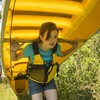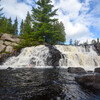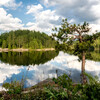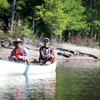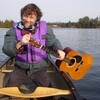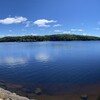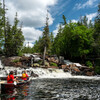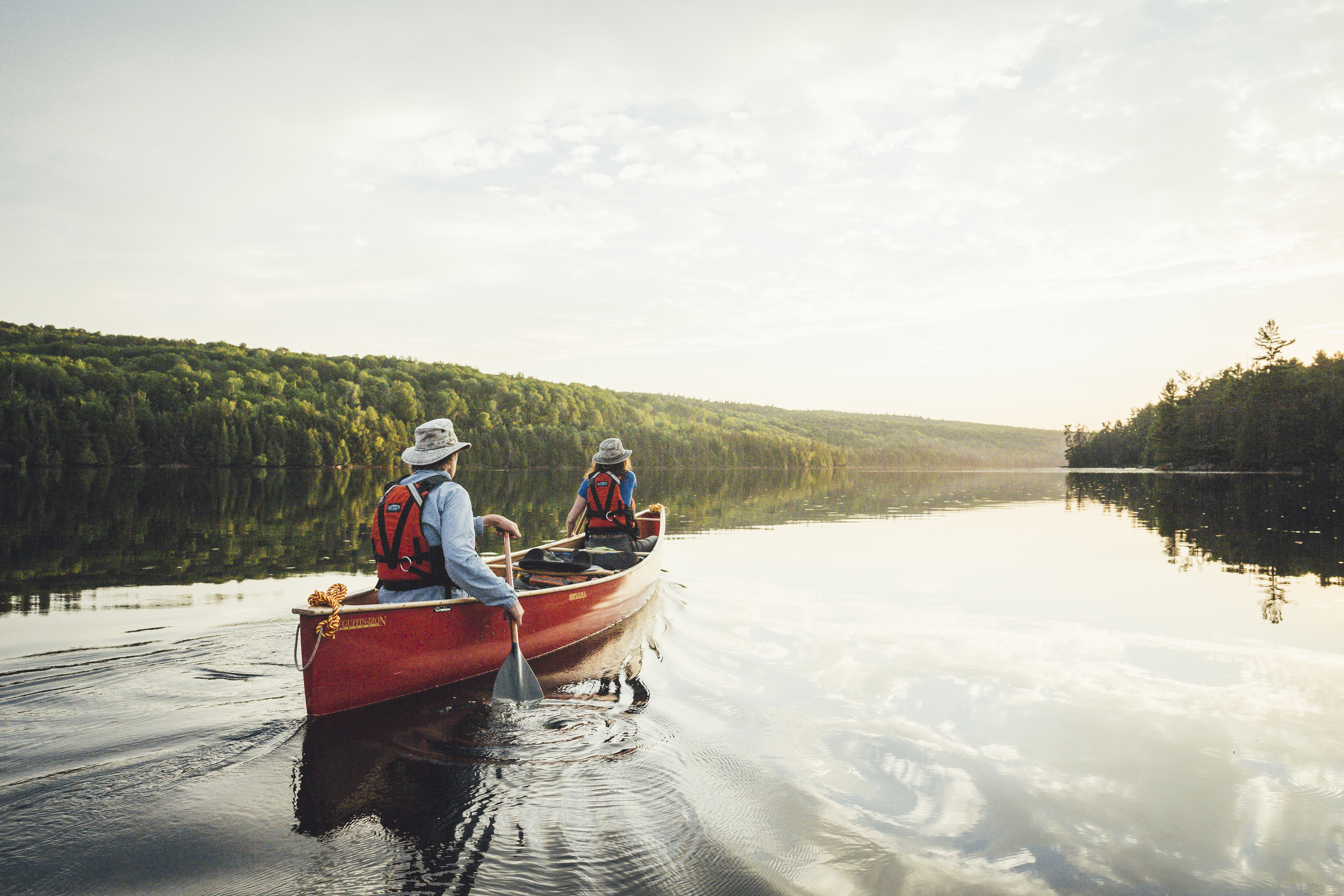
Ready to Retire? Consider These Paddling Paradises
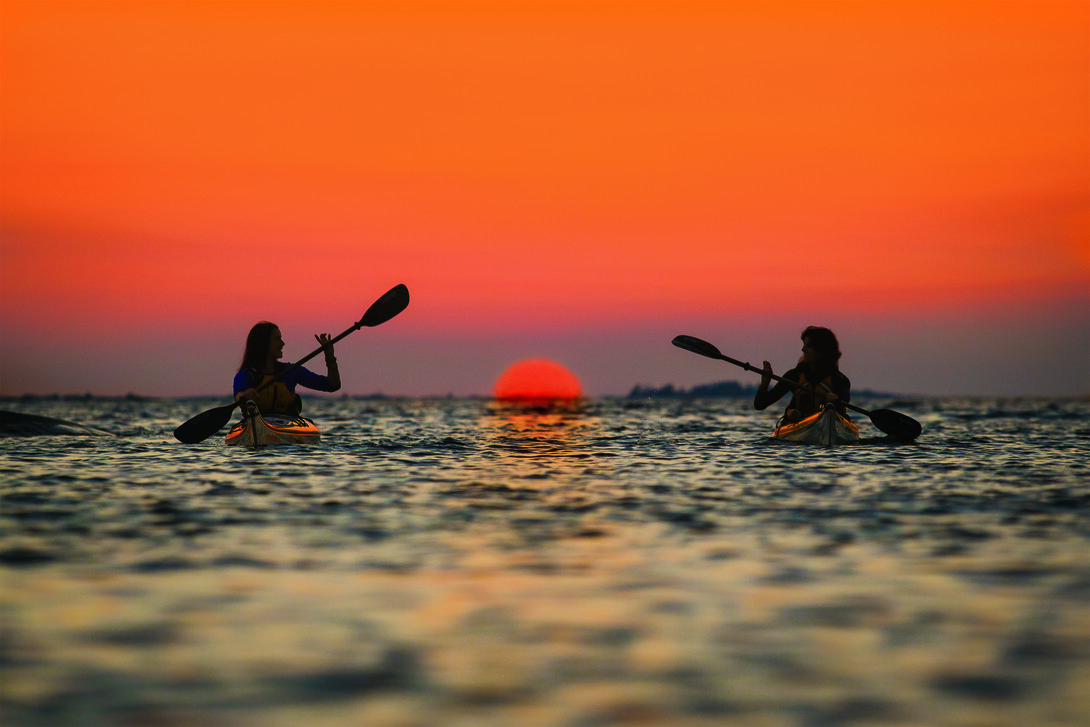
If you’re about to retire, and would rather spend more time paddling wilderness areas instead of playing shuffleboard in suburban parks, then pack the moving van and point it toward Northern Ontario. These cities and towns are creating lots of buzz among those seeking affordable real estate in neighbourhoods that back onto some of the best paddling regions anywhere.
Elliot Lake
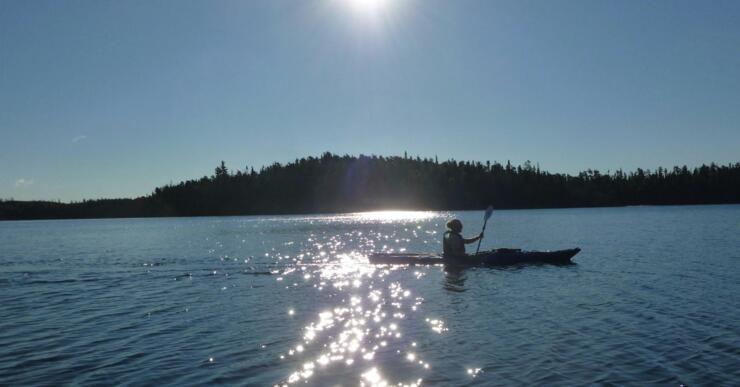
This Northern burg between Sudbury and Sault Ste. Marie has a population of only 11,000, and monthly rent on a luxurious lakeshore property is a quarter the price of a mundane Toronto condo. But it gets better. The main road through town links to countless paddling routes (Elliot/Depot, Dunlop/Mace, Semiwhite/Helenbar, Flack/Ten Mile, Boland River). It's just a short drive to Mississagi Provincial Park. The trout fishing is legendary, and you’ll never need to check your phone to see how bad the rush hour traffic is on the portages.
Atikokan

Situated between Thunder Bay and the Manitoba border, the town has a slogan that says it all: “Canoeing Capital of Canada.” Imagine living on the doorstep of Quetico, one of the province’s largest wilderness parks. The park sprawls across 460,000 hectares, with more than 2,000 lakes to paddle, and 2,200 interior sites to pitch a tent. That’s a neighbourhood worth getting to know. And canoes will be readily available, Atikokan being the home of the well-respected Souris River Canoe Company.
Thunder Bay
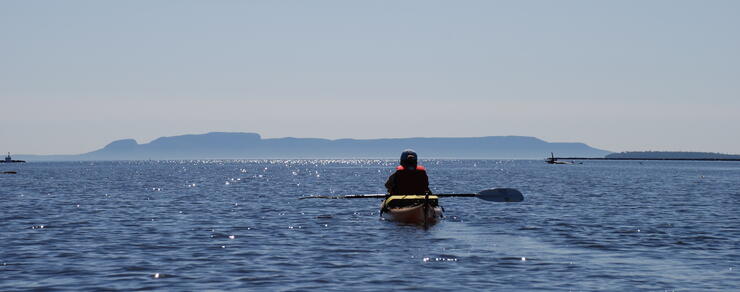
“The Lakehead” has a strong paddling pedigree, having grown up as a major fur trading post for the interior. Thunder Bay, the gateway to adventure, has since come a long way and is now rich in theatre and arts (it’s even declared a Cultural Capital of Canada by the Department of Heritage). With Lake Superior serving as the town’s waterfront, and provincial wilderness parks such as Wabakimi close at hand, it ranks as a paddling metropolis.
Marathon
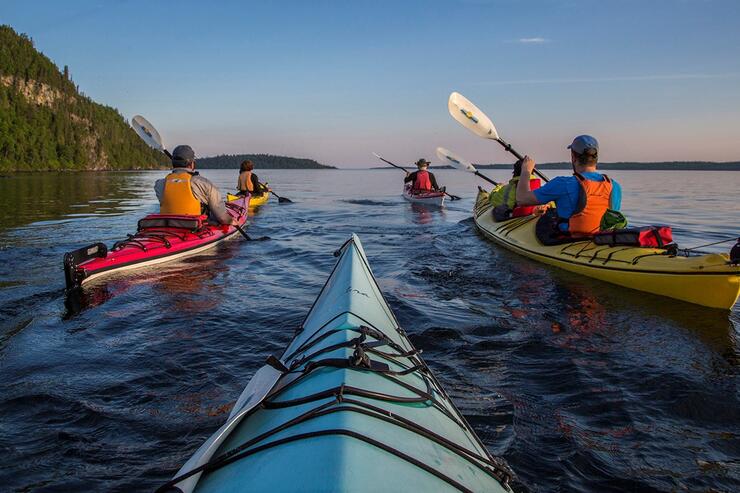
Some German prisoners of war were stationed near Marathon during World War II, and many of them came back to stay after the war was over. As unlikely as it sounds, it’s not hard to understand how they fell in love with this picturesque settlement set on a peninsula jutting into Lake Superior. Local mining and forestry businesses are not as booming as they once were, which has eliminated some jobs but also greatly reduced the cost of living. Marathon is nested in between two wilderness parks, Neys Provincial Park and Pukaskwa National Park. Both are known to paddlers as prime destinations, meaning they’d also make great backyards.
Killarney
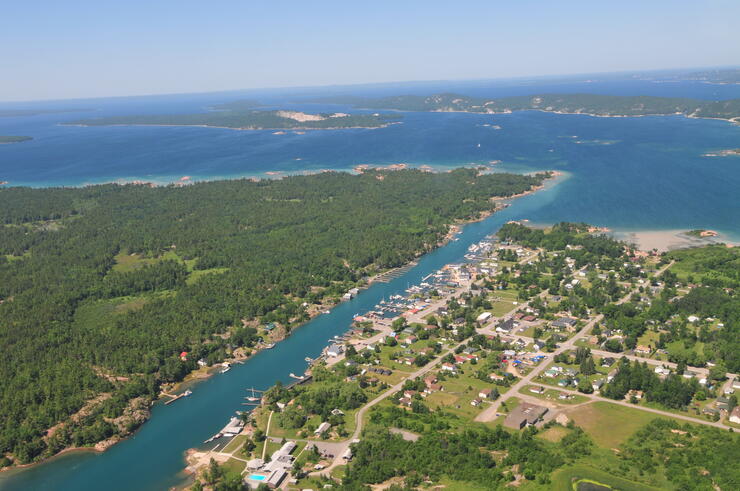
With a year-round population of less than 500, but an outsize reputation because of its summertime repute, Killarney has become known as the biggest little town in Canada. Surrounding it are the turquoise waters and white quartz peaks of the La Cloche Mountain Range. It goes without saying that you’ve got Killarney Provincial Park to explore inland, but, to the south, the ocean-like vistas of Georgian Bay lead to destinations like Phillip Edward Island and the North Channel of Lake Huron. Amenities may be modest, owing to its size, but there is the bonus of treating yourself to the famous Herbert Fisheries fish and chips any time you like.
Mattawa
The charming town of Mattawa, in Mattawa Voyageur Country, is located at the meeting points of the historic Mattawa and Ottawa rivers, where legendary paddlers such as Étienne Brûlé, Samuel de Champlain, Alexander MacKenzie, and David Thompson traveled by canoe. The place isn’t just soaked in paddling history, it’s utterly surrounded by places that are still amazing for canoeing. The names speak for themselves: Samuel de Champlain Provincial Park, Algonquin, Temagami, Kipawa… just to name a few.
RETIRE TO A PADDLING PARADISE
Of all the things that go into choosing a place to retire, don’t neglect to consider the area’s paddling potential. Choose well and you’ll find that your paddling put-in and take-out spots are part of your new daily commute.
Recommended Articles
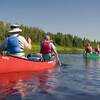
Missinaibi River Canoe Trip
Ontario’s Moose Hotspots
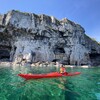
Ontario’s Blue-Water Lakes
Train-In Adventure
Spectacular Rivers
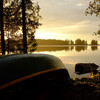
Lost Lakes and Rivers
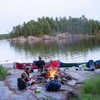
Best Sites on the French River
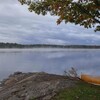
The Massasauga Provincial Park Guide
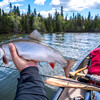
Line and Paddle
Temagami Canoe Trip Routes

Killarney Canoe Trips
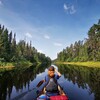
Mississagi River Canoe Trip
Get the most out of summer
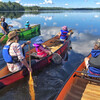
Best Family Canoe Trips
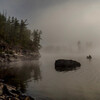
Paddling with ghosts
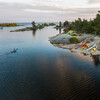
Best Kayaking on Georgian Bay
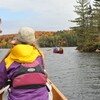
Algonquin Park Canoe Trip Guide
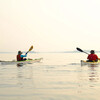
Paddling in Lake Superior NMCA
